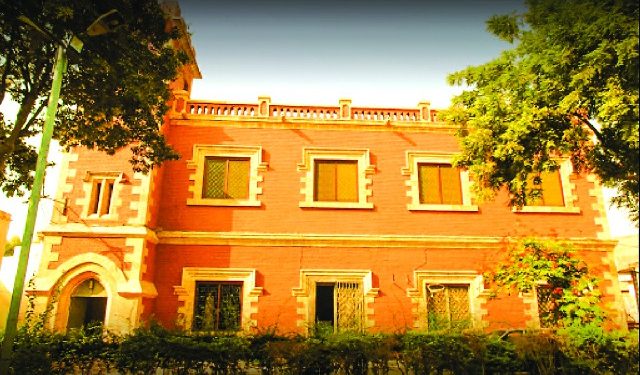
Hyderabad’s physical geography has shaped the city in a specific way. One distinct feature is the presence of inclines. The city has around one dozen inclines, and all of them are natural. One of them is the Tilak Incline.
By Dr. Zaffar Junejo
Sometimes I wonder what is common between geographers and historians. There may be a few commonalities. Perhaps, the skill of organizing things is one of those. The historians organize their thoughts around ‘time’ to interpret facts and events. Likewise, geographers gather their thoughts around ‘space’ to understand locations. Questions such as ‘Where is it?’, ‘Why is it there?’ and ‘What are the benefits and costs of the location?’ help us understanding a space such as the city. This deep exploration unpacks the relationship between physical geography and a city’s development – settlement patterns, physical structures and man-made visuals.
Let us, then, dive deep into these fields of knowledge, to know a bit more about Hyderabad. The city was built by Ghulam Shah Kalhoro in 1768 and remained Sindh’s capital till 1843. Soon thereafter, Karachi became colonial Sindh’s capital.
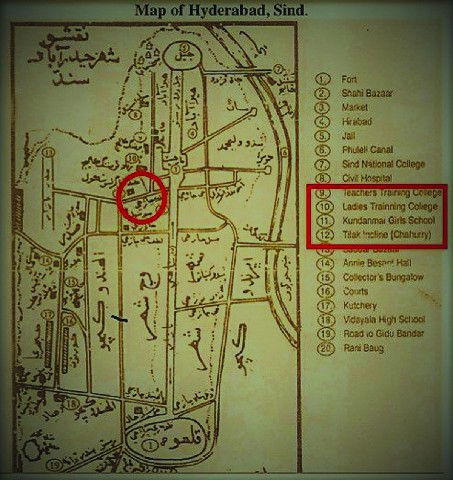
Prior to Hyderabad, several other cities had been made Sindh’s capital. Historically, more than one factor determines a capital’s relocation. Dr. Shafiq Ahmed Junejo, Chairperson at the Department of Geography, University of Sindh, Jamshoro, tells this scribe that there are some common geographical determinants such as natural defence in the form of bordering rivers, forests and mountains, elevation, potable drinking water, accessible commercial routes, and sufficient physical space for possible expansion. These factors play an important role to select or to shift capitals. According to him, Hyderabad has all of these factors – in the form of physical features such as the Indus River, Phuleli, ridges of Ganjo Takar (barren hill), Giddu Bandar (Indus river port) and open land for expansion.
Hyderabad’s physical geography has shaped the city in a specific way. One distinct feature is the presence of inclines. The city has around one dozen inclines, and all of them are natural. One of them is the Tilak Incline. Generally, it is believed that it was named after great Indian leader Bal Gangadhar Tilak (1856-1920). He visited Hyderabad and Karachi on various occasions, and was loved by young Hyderabadis. It was mentioned in an old newspaper that when Tilak was sentenced to a six-year imprisonment in 1908, many young men began to sleep on the floor to imitate his incarceration. When Tilak came to Hyderabad in 1920, he was welcomed with great enthusiasm. His arrival charged the youth, and some of them pulled his carriage. It was the first time that women also came out from homes. They offered Arati (a ritual in which incense and light is offered to a deity, spiritual person or great notable) to him. When Tilak died on the 1st of August 1920, Jairamdas – who was the leading figure of the Indian National Congress in Sindh – and other leaders of Hyderabad shaved their heads. There is a wide agreement that the physical feature in Hyderabad got this name in the 1920s. However, before that it was called the ‘Post Office Charri (Incline)’.
Hyderabad’s physical geography has shaped the city in a specific way. One distinct feature is the presence of inclines. The city has around one dozen inclines, and all of them are natural.
There are different opinions about the length of Tilak Incline. It is believed that it started from Piggot School and ended at the Kundan Mal Girls’ School (now Jamia Milia Girls’ High School). None of the pre-partition students of Kundanmal Girls School, Teachers’ Training College, and Piggot Girls School could forget the Tilak Incline. It was an unavoidable Marg (road) in their school days.
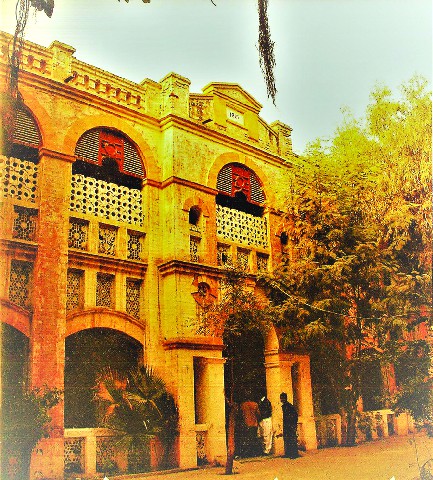
Soon, the 1947 partition changed the city’s face: old institutes lost their glories, and new sociocultural and educational institutes appeared. They existed on both shoulders of Tilak Inline. Along with other institutes, the more famous were the Pakistan American Cultural Center (established in 1959) and the British Council. However, more than one time, some political activists had attempted to burn Pakistan American Culture Center. Somehow it was saved each time. But the British Council couldn’t continue its services. Later, new cultural places emerged, such as a book stall of the Sindhi Adabi Board.
Located here also was Moulana Ghulam Muhammad Girami’s residence. Moulana’s home became a melting point for ideological discussions. The common discussion points were new trends in Sindhi poetry, Sindhi language, and its future. Another literacy place located on Tilak Incline was Adbiyat. It was a bookstore, which was opened by Khair Muhammad Qureshi and Saleem Qureshi. Over the period, it became a popular place among Sindhi and Urdu writers. I think none of the Hyderabad-based writers could possibly forget the role that Adbiyat played in their earlier literary careers.
In 1970, the Yousfani family opened Café Jabees. Shah Muhammad Yousfani managed its affairs. It was opened in a pre-partition building that had a plaque naming Asan Utam Chandnani. It was close to the Girls Home Economics College. Quickly, it became a new hub of Sindhi youth. Students of Sindh University, Sindh University Engineering College (now Mehran University of Engineering and Technology) and Liaquat Medical College (now Liaquat University of Medical and Health Sciences) patronized it. In Hyderabad’s cool breeze romantic songs were played. In those days, one of the most popular songs was ‘Ankhiyon KeJharokhon Se Maine Dekha Jo SaanwareTum Door NazarAayeBarri Door NazarAaye,’ sung by Hemlata in 1978.
According to the noted writer Madad Ali Sindhi, Café Jabees got a political identity in a short span of time. He recalls that the first major political event held in the café’s premises was a welcome reception in honour of the newly elected body of Jeay Sindh Students’ Federation. In the language riots of 1972, the café was attacked twice. He says that in 1973, the café witnessed a daring press conference of Jeay Sindh Students’ Federation leaders, namely Yousif Jakhrani, Aziz Bhangwar and Nazar Muhammad Junejo (now medical doctor), in which the 1973 Constitution was challenged because of its limited provincial autonomy. He added that same press conference was also published in the Sindhi magazine Aggte Qadam (Step Ahead) which was issued in his editorship. He shared in a melancholic tone that not far away from Piggot’s school there was Manghram Malkani’s home. He was a literary historian, critic, playwright and professor of Sindhi. But his house like others was dismantled and now an ugly building has been erected.
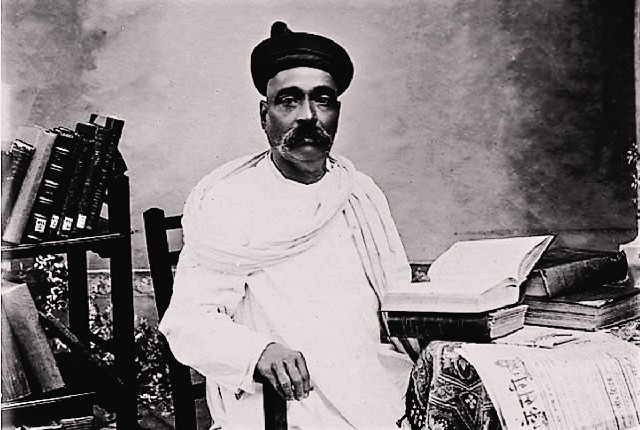
Our municipalities don’t have tradition of carrying out occupancy surveys, and this is just as true in the case of Hyderabad Municipal Corporation. Therefore, we don’t know who lived on the shoulders of Tilak before the partition. Perhaps, one of the oldest religious structures is St. Philips Church, along with other cultural and educational institutes on Tilak Incline. While Hyderabad’ sociocultural activities enriched inhabitants’ spiritual lives, the city’s natural contours determined its housing patterns, public lanes and location of services such as water tanks, drains, bus stops, junctions, schools and hospitals. In the 19th century, municipal legislation created more spaces for overcrowded parts of the city. The colonial-era municipal laws and zone-based town panning helped to control cholera, typhoid, influenza and yellow fever. Therefore, zoning became an integral part of town planning. The amalgamation of town planning concepts and municipal legislations developed colonial Hyderabad.
Interestingly, Tilak Incline was never included in the town planning process till 1952. In 1953, the Government of Sindh loaned town planning services of G. Swayne Thomas from the Government of Australia. This arrangement was made under the technical cooperation of the Colombo Plan which was established by the British Government in 1950 with the purpose of strengthening economic and social development in the Asia-Pacific region. Thomas included Tilak Incline into the ‘Hyderabad Master Plan, 1954’. He stated, “I propose reliving this crowded Incline of all animal-traffic, which in future [would] use a new Incline linking up near the Civil Hospital, and this Incline would have a more gradual slope, being about twice the length of the present Tilak Incline.” He also suggested that “[…] at the foot of Tilak Incline a new road through the Police Lines, which has to become a new shopping-street or Bazaar.”
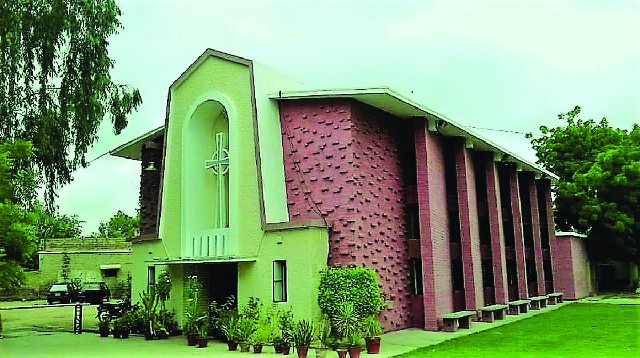
As such, Thomas’ Hyderabad Master Plan was not people-centered. It was framed according to the Colombo Plan. Therefore, geographical features of Hyderabad were used to meet some of the objectives of the Colombo Plan. According to Neil Smith, an anthropologist and geographer, such efforts are plans for ‘gentrification’. He has elaborated the term as a multi-layered process to change the physical nature of the area through the induction of rich people, modern malls and businesses. If we relate the ‘gentrification’ term with Hyderabad city, we note how investors, real estate agents and land mafias have taken over natural features of Hyderabad city. We don’t know how long these spaces can survive. It is certain that this overly commercialized culture will badly affect Hyderabad’s human geography. Soon, Tilak Incline will lose its identity. Perhaps, Muhammad Hussain Josh’s poem: Tilak Charri Te Berri Dorri, Darya Meen Rai, Deso Re Baro Khel! (a boat sails on Tilak Incline, and a train runs in the river, Look children at the trick!), which was sung and composed by Muhammad Ibrahim may pinch us to think about the matter more seriously. If we fail to halt the ‘space’ occupation trend in the city, then Hyderabad would lose it natural beauty – including its famous evening breezes.
_____________________
 Dr. Zaffar Junejo has a Ph.D. in History from the University of Malaya. His areas of interest are post-colonial history, social history and peasants’ history.
Dr. Zaffar Junejo has a Ph.D. in History from the University of Malaya. His areas of interest are post-colonial history, social history and peasants’ history.
Courtesy: The Friday Times, Lahore